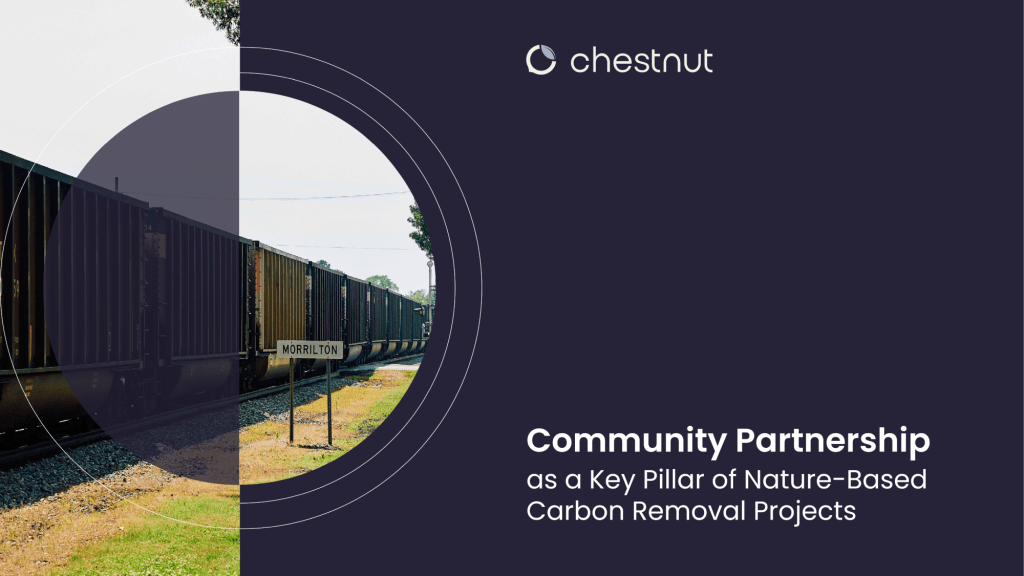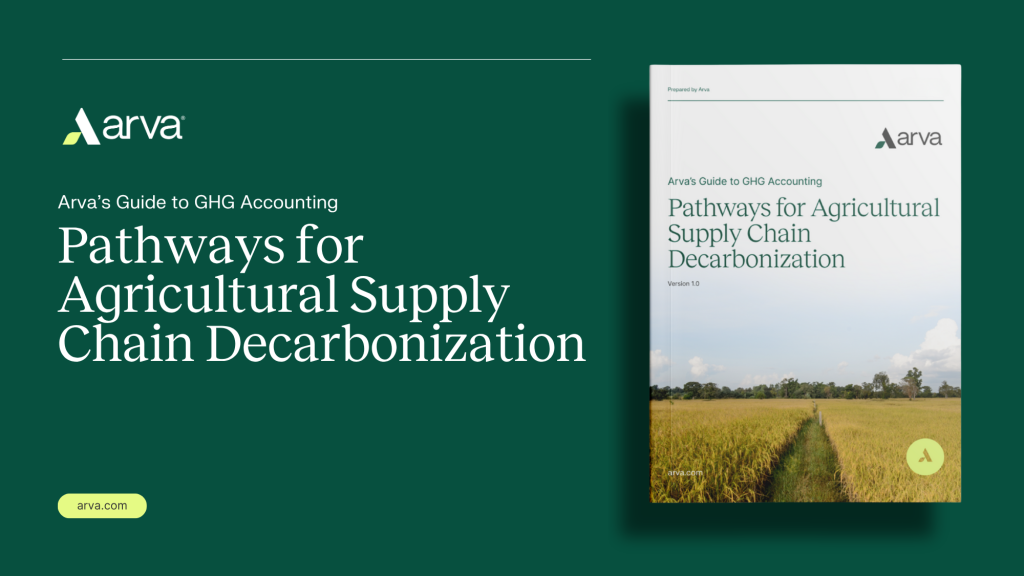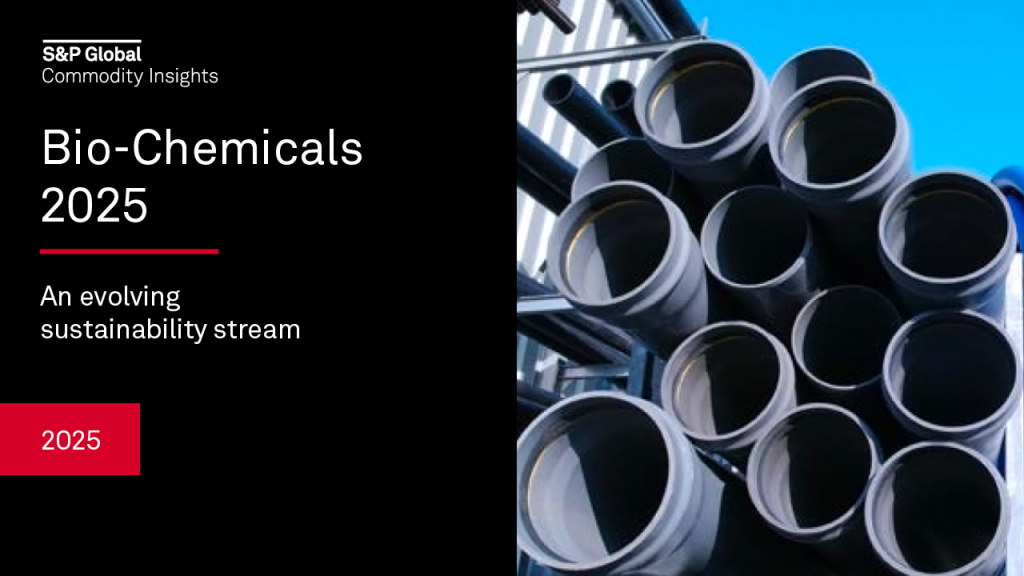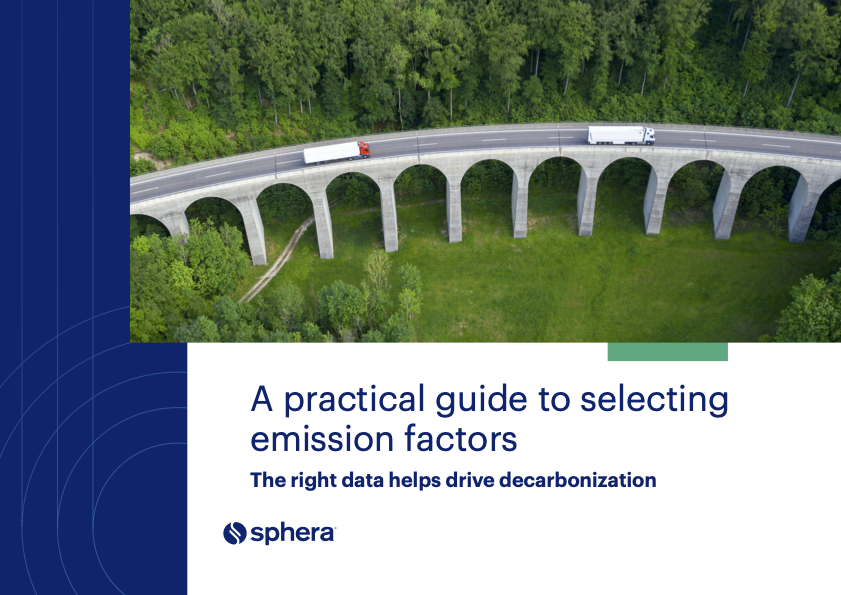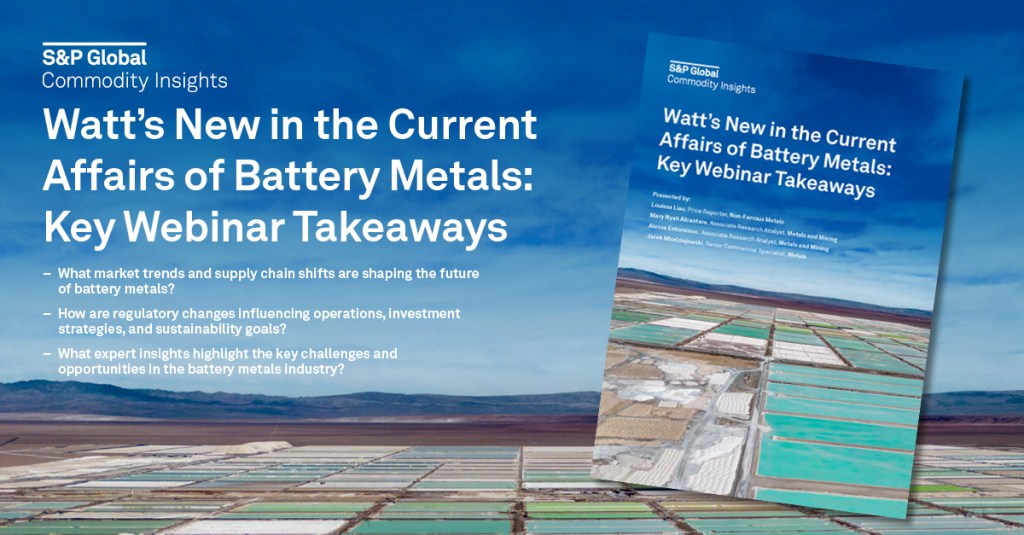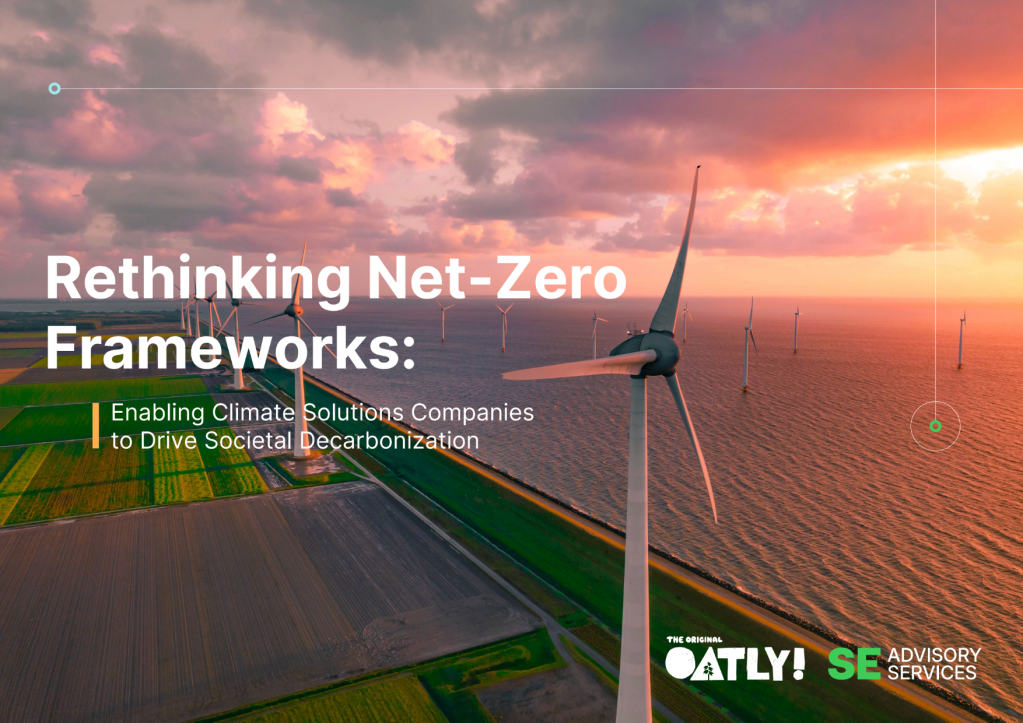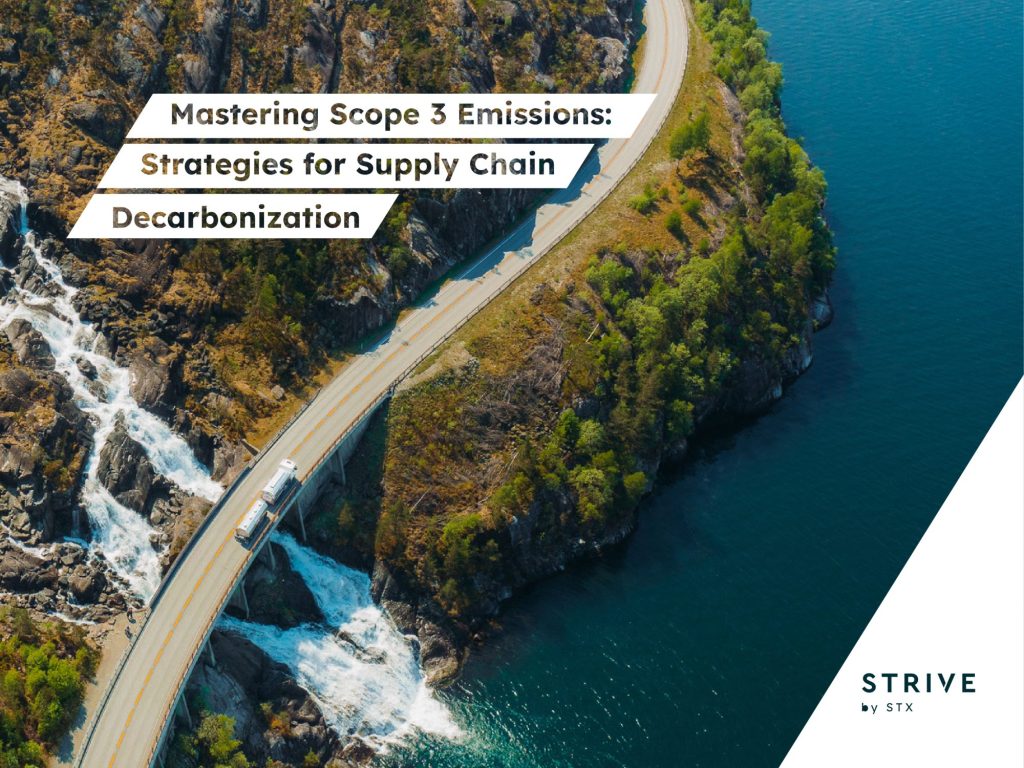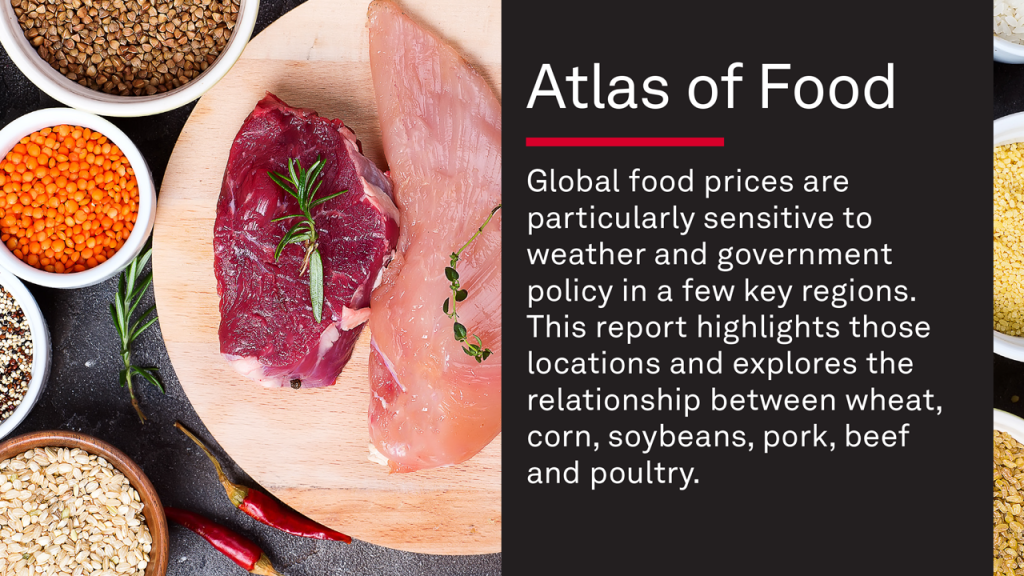Satellite data reveals emissions hotspots in automotive supply chains
Combining remote sensing with supply chain models can help companies move beyond crude spend-based methods for Scope 3 accounting. Read More
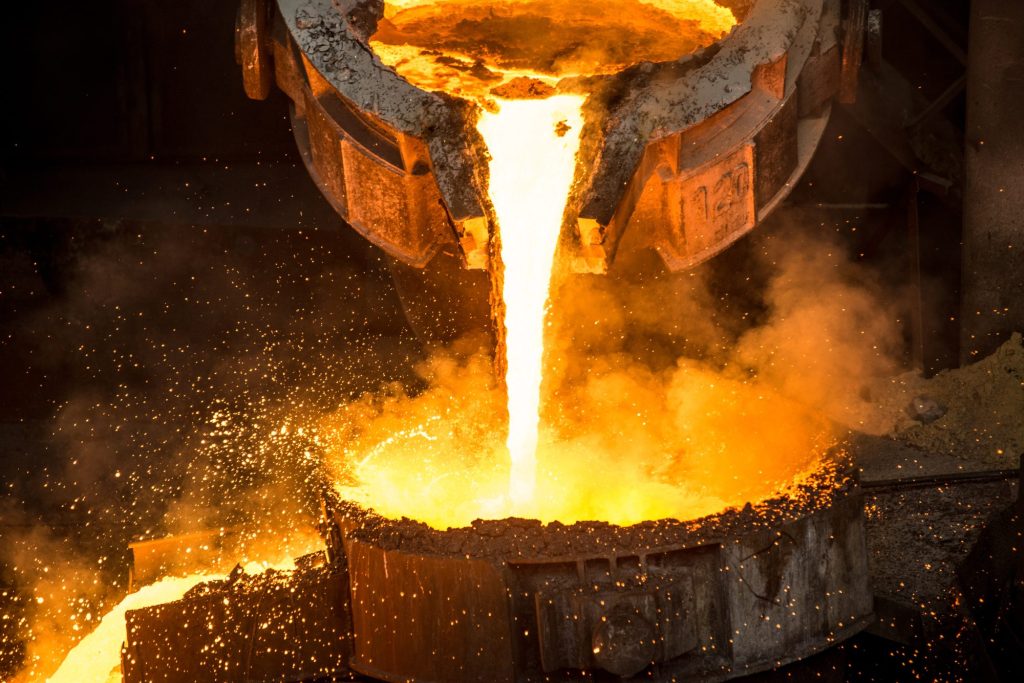
-
- Satellite data tracks emissions from steel facilities in the supply chains of automakers and other companies.
-
- When combined with government data, the approach revealed significant emissions variation between countries and facilities.
-
- Companies can use this data to guide procurement strategies that reduce Scope 3 emissions.
Scope 3 emissions can pose what seems like an intractable problem. To make cuts, companies must work with supply-chain partners. But what if an emissions hotspot lies deep within a supply chain? Going beyond direct contacts to find suppliers’ suppliers is often impractical.
Satellite data can help provide the necessary visibility, a case study of auto-sector emissions from steel and aluminum facilities suggests.
To peer into automotive supply chains, Climate TRACE, a coalition of organizations that uses remote sensing to track emissions from millions of facilities globally, teamed up with TASA Analytics, a company that helps businesses model supply chains. At the request of a major automaker, the two organizations plugged Climate TRACE data on steel and aluminum facilities into TASA models of automotive supply chains. The findings revealed significant variation in emissions across facilities and countries.
‘Clear as day’
In the case of steel production, satellite readings of heat emitted from facilities can be used to track the output of blast furnaces, which use forms of coal to convert iron ore to steel.
“There are indicators of emitting activity that we can see from space in the satellite data really easily,” said David Younan-Montgomery, director of partnerships at WattTime, an environmental nonprofit that helped establish Climate TRACE. “They show up clear as day.”
Another technology, the electric arc furnace, produces lower emissions-intensity steel, particularly when powered by electricity from renewable sources. By using government data on the carbon intensity of grids, Climate TRACE can estimate emissions from this alternative production process, as well as emissions from aluminum plants.
Four-fold variation in emissions
When added to TASA’s models, which simulate the structure of supply chains in specific countries and industries, the data revealed significant opportunities for emissions savings. At a country level, for instance, the study showed that the average electric arc furnace in the U.S. generates less than 1 metric ton of carbon dioxide for every ton of crude steel; the figure for a blast furnace in India is close to 4 tons.
The team also found that refining aluminum at specific facilities in Brazil and smelting it in Canada created slightly more than 5 tons of CO2 for every ton of the metal; a pathway in India produced more than three times as much.
The models extend to the facility level and can be used to estimate embodied emissions in specific automotive components, revealing differences that can guide emissions strategy. For one component studied by TASA, the embodied carbon varied by a factor of almost four depending on which U.S. steel mill was used.
That level of granularity is potentially a huge improvement on traditional “spend-based” Scope 3 accounting, in which emissions are calculated using the total spent on goods and an emissions factor that averages the performance of all production within a country or region.
Armed with both country and facility data, the automaker can use information on its supply chain to consider how to “take this big hot spot that permeates through the whole supply chain and begin to identify where in that system you can intervene,” said Timothy Smith, co-founder of TASA Analytics and professor of sustainable systems management at the University of Minnesota.
Climate TRACE has previously announced collaborations with Tesla and Polestar, but the automaker involved in this study asked not to be named.

Subscribe to Trellis Briefing
Featured Reports

